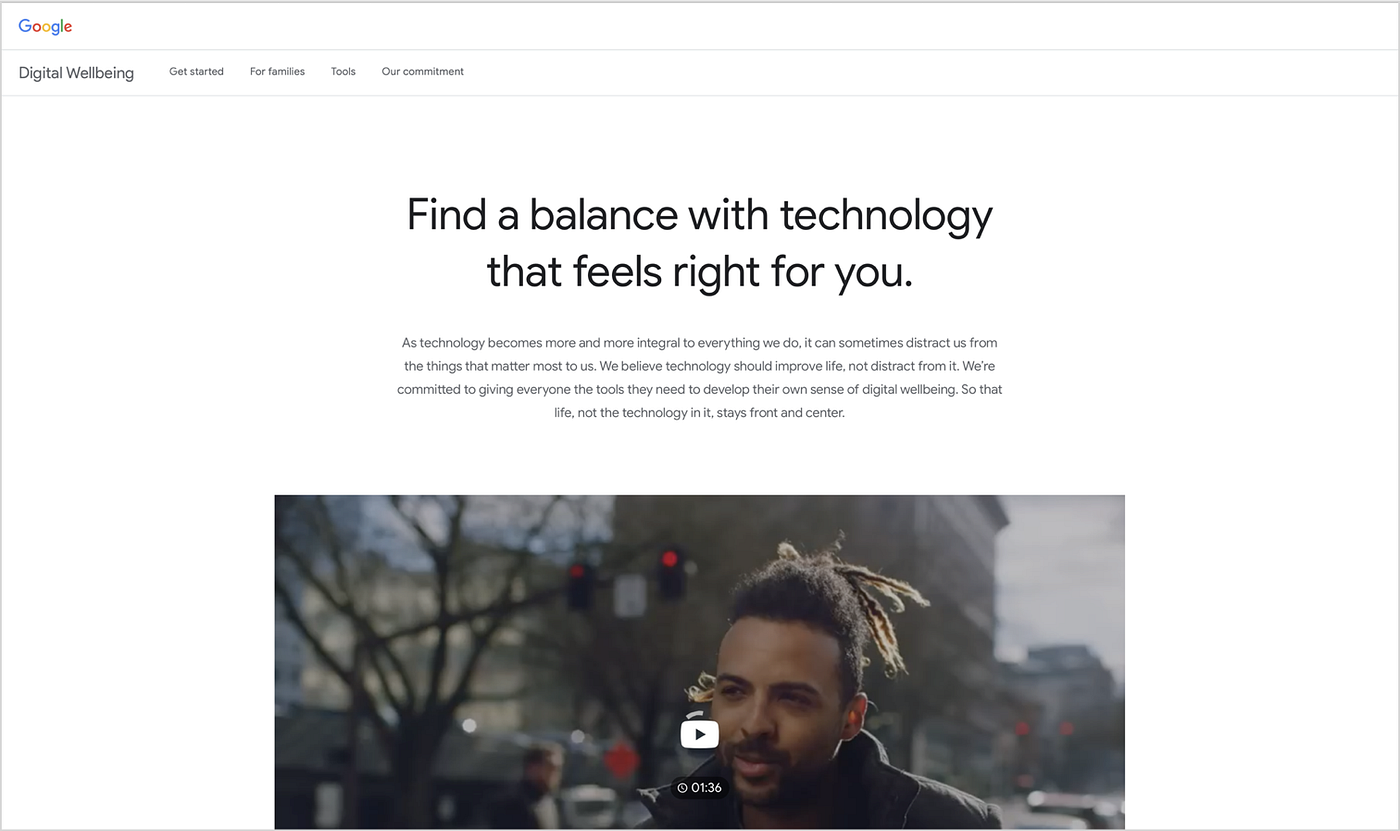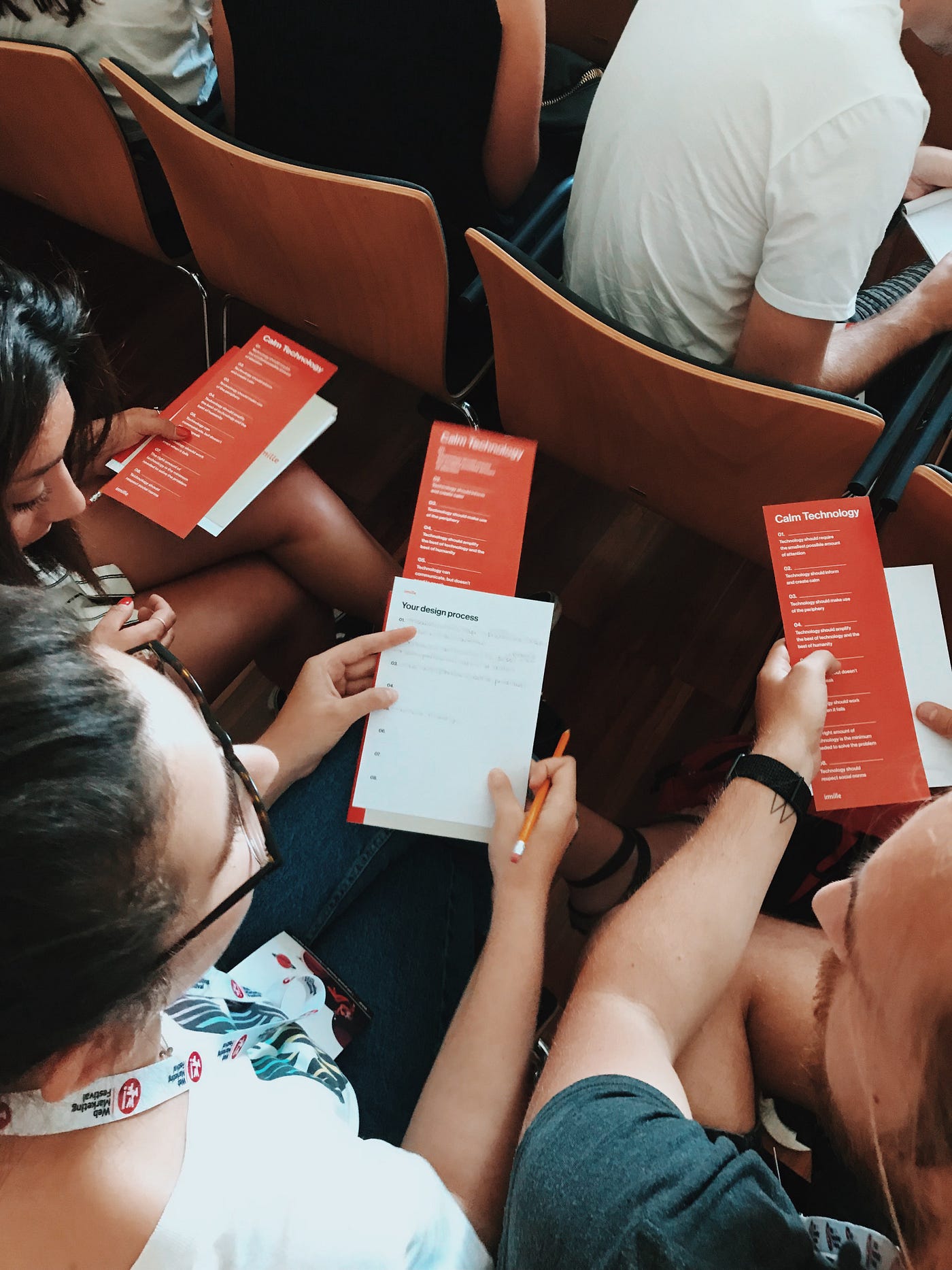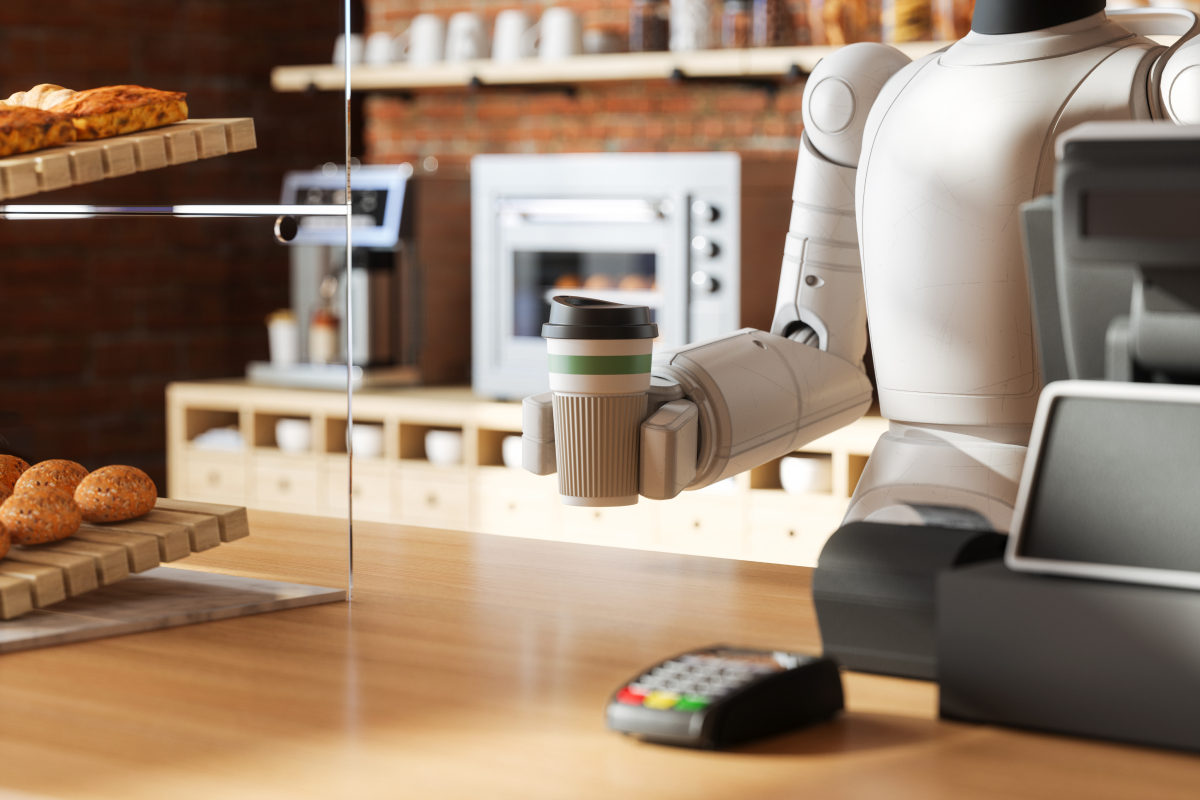Design for Humans
Compared to the past we feel increasingly stressed and isolated due to the continuous daily inputs. Today we are in the information age and technology should be so well integrated into our lives that it is practically imperceptible. Technology aspires to bring out the best from humanity.

How many of you use the phone as an alarm clock?
This is what we asked during the “Designing Calm Technology” workshop at the Rimini Web Marketing Festival 19.
Career people:
57% check the phone within 22 minutes of waking up; 83% read work emails during the night; 37% monitor mobile notifications in the middle of the night.
59% check the phone more than 200 times a day. 80% fall asleep with their mobile phone.— Global Mobile Consumer Survey 2016 by Deloitte
It’s in good habits during a meeting, to silence & flip the phone so as not to be disturbed, we learned it by catching ugly glances from colleagues. But what happens when a new device enters our lives? During a meeting with a developer his phone was turned upside-down as always, but on his wrist he had the new smartwatch, connected to Slack and tracking issues on GitLab (just to give an idea: a digital product company manages hundreds of issues during the day). His attention was completely shifted by tapping on the small display to hide the notification.
https://cdn.embedly.com/widgets/media.html?src=https%3A%2F%2Fgiphy.com%2Fembed%2FhCfESQ8r1eBOg%2Ftwitter%2Fiframe&url=https%3A%2F%2Fgiphy.com%2Fgifs%2FhCfESQ8r1eBOg&image=https%3A%2F%2Fmedia.giphy.com%2Fmedia%2FhCfESQ8r1eBOg%2Fgiphy.gif&key=a19fcc184b9711e1b4764040d3dc5c07&type=text%2Fhtml&schema=giphyTap, tap, tap
Is technology bad?
Absolutely not, it probably depends on how we use it. In 2050 there will be 125 billion connected devices. The ratio will be 15 devices per person, the current average is 3 devices, now let’s try to imagine how we will relate to each of them, what we will ask them, what will they do for us? We might ask our kitchen to prepare something for dinner with friends and our fridgewill give the kitchen a suggestion to use ingredients that are almost expired. All this will happen while we are in the shower. This scenario already exists, it’s not rocket science. But with 15 IoT devices, do we have a clear idea of what our future home will be like?
Returning to the question of whether the technology is bad or not, the most complete answer is: No, but we need to design it or redesign it. Imille’smotto about this thought:
Technology has disrupted the world. Our job is to redesign it.
The word redesign is one of the things that struck me before I came into the studio. It is a word of a great strength that tells a lot about the time we’re in, we create new platforms, apps, services and products with great speed every day; changing our work, our home, our relationships with things. We book our dinner with an app, we mark our appointments in a shared agenda in the cloud. They suggest what to write in our emails. Every day we speed up our time consuming and cognitive efforts. If on the one hand it simplifies, on the other it adds layers to our reality (we can define a layer as element between our world and us, like smartphone display). Returning to the concepts of “redesign” it takes time to improve our products or to make them evolve, bringing them to a situation where technology becomes increasingly invisible and well integrated into everyday life.
Calm Technology
The “calm technology” theory was first published in the article “Designing Calm Technology”, written by Mark Weiser and John Seely Brown in 1995. The concept had developed amongst researchers at the Xerox Palo Alto Research Center in addition to the concept of ubiquitous computing.
Definition
Calm technology or Calm design is a type of information technology where the interaction between the technology and its user is designed to occur in the user’s periphery rather than constantly at the center of attention. Information from the technology smoothly shifts to the user’s attention when needed but otherwise stays calmly in the user’s periphery. Mark Weiser and John Seely Brown describe calm technology as “that which informs but doesn’t demand our focus or attention.”
The use of calm technology is paired with ubiquitous computing as a way to minimize the perceptible invasiveness of computers in everyday life.
Principles
For a technology to be considered calm technology, there are three core principles it should adhere to:
- The user’s attention to the technology must reside mainly in the periphery. This means that either the technology can easily shift between the center of attention and the periphery or that much of the information conveyed by the technology is present in the periphery rather than the center.
- The technology increases a user’s use of his or her periphery. This creates a pleasant user experience by not overburdening the user with information.
- The technology relays a sense of familiarity to the user and allows awareness of the user’s surroundings in the past, present, and future.
A good example
In studio we have identified an object that for us is to describe the Calm Technology idea perfectly: the Moka pot, an expression of Italianness.
Bialetti drew his inspiration by watching his wife do laundry with a washing machine called lisciveuse (from liscivia, once a common economic detergent); in this washing machine, there was a sort of boiler (in which clothes, water and detergent were placed) with a tube, the upper end of which was perforated; when it came to a boil, the water traveled up along the tube. Here it cooled and went back down, dissolving the lye, which could then be better dispersed on the clothes.

To make coffee with the moka, first fill the base with water until reaching the inner nob, insert the dosing filter and spoon in the ground coffee, without over-pressing, that’s it. Light the fire and wait. Just wait, continuing doing something else, chatting, finishing cleaning the kitchen.
One of the most interesting aspects of the coffee maker is its simple but effective “notification system”: its typical gurgling sound invites us to pour coffee into the cup. Brilliant, isn’t it?
A not so good example
Starting with the concept of waiting, we thought about a familiar object for those who often have meeting with customers or simply tend to have a nice weekends out of town. The train scoreboard, the concept of waiting here is very strong; your train will leave at 9 pm but you are looking at the first screen that only shows departures until 7.30 pm, you will have to wait for the third screen to pop up to see from which platform your train will start, but too late!. You have not found your train and you will have to wait again while it goes through the previous pages, you are waiting and with your head up, fool!

Who is working in this direction (calm)?
The big companies have empathized the issue well.
In your emails
The Big G uses artificial intelligence in all its products, explicitly, to the point of being reworked as an AI company. All G Suite products use AI to assist people in various activities. An example is the Gmail Smart Composethat helps you draft emails faster by suggesting phrases as you type. When you see a suggestion that you like, hit the tab key to complete your sentence.

Paul Lambert Product Manager, Gmail:
From your greeting to your closing (and common phrases in between), Smart Compose suggests complete sentences in your emails so that you can draft them with ease. Because it operates in the background, you can write an email like you normally would, and Smart Compose will offer suggestions as you type. When you see a suggestion that you like, click the “tab” button to use it.
In your photos
With the Pixel 3, Google introduces Top Shot. With Top Shot, the Pixel 3 compares a burst set of images taken in rapid succession and automatically detects the best shot using machine learning. The idea is that the camera can screen out any photos in which a subject might have their eyes closed or be making a weird face unintentionally, choosing “smiles instead of sneezes”and offering the user the best of the batch.
Great technology should improve life, not distract from it. Making our applications more invisible isn’t enough if you don’t have the right cognitive tools to understand the digital transformation. Google creates a website to talk about new relationships with technology: interviews, stories about everyday life, tips and apps.
Designing for Digital Wellbeing
As technology becomes more and more integral to everything we do, it can sometimes distract us from the things that matter most to us. We believe technology should improve life, not distract from it. We’re committed to giving everyone the tools they need to develop their own sense of digital wellbeing. So that life, not the technology in it, stays front and center.

Apple
There are those who do not raise their voices much, doing things in silence.
Night Shift automatically adjusts the display colors on the hottest gradations of the spectrum to reduce eye strain.

Several studies indicate that exposure to blue light during evening hours can affect circadian rhythms and delay sleep. For example, it is difficult to fall asleep after using an iPad for a while. This happens because our body associates the white-blue light to that of the sun and therefore to the day: to be exposed to these screens in the evening is like receiving contrasting indications on what moment of the day it is, and whether we’re experiencing evening or not. Apart from health considerations, having a display that is too “cold” can make digital reading more difficult. Night Shiftis based on the geolocation and clock of your computer to determine the time of sunset, then automatically brings the colors of the display towards the hottest shades of the spectrum. In the morning, the display returns to the original settings.
Information drives our time
Our world is made of information that competes for our attention.
What is necessary? What is not?
Equally important is the design of communication. How many are notifications are necessary? How and when should they be displayed? To answer this, we can be inspired by the principles of calm technology.
During the “Designing Calm Technology” workshop in Rimini we asked what it means to design for a digital wellbeing, we asked them to redesignan object in their homes, a washing machine.
We have create a Workshop Kit, with the exploration of Amber Case on the theme:

What happened
Redesigning is not always easy, especially when you think of a common and obvious object in its features. What came out is a greater awareness of how the world around us is changing, the more we know about the relationship between us and technology, the more it will be at our service as a help and support.
Each group recounted its vision of washing machines, washing machines that speak a more human language, washing machines that simplify the division between colored and white. All the various groups found themselves leaning towards the same approach about using a more direct process, probably the next challenge of future Interface & Product designers.

We don’t need an era of interruptive technology. We need Calm & Invisible Technology. Calm Technology describes technology that is there when we need it — not when we don’t. An era where our devices recede into the background and allow us to be human. There are ways to deal with this technology overload. So let’s design!
